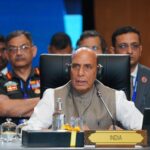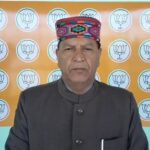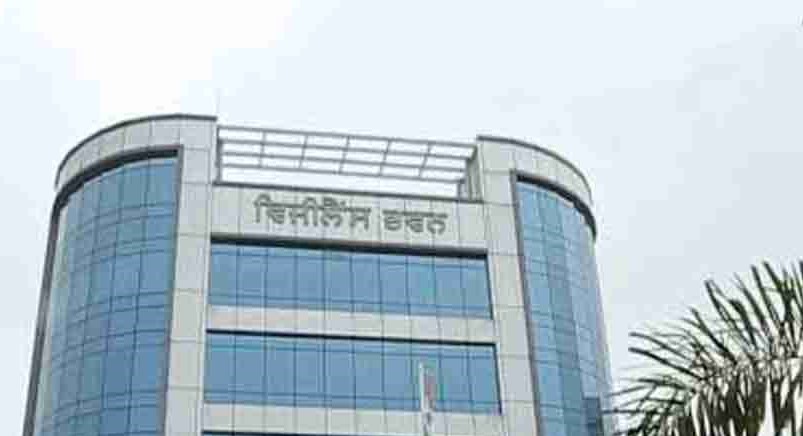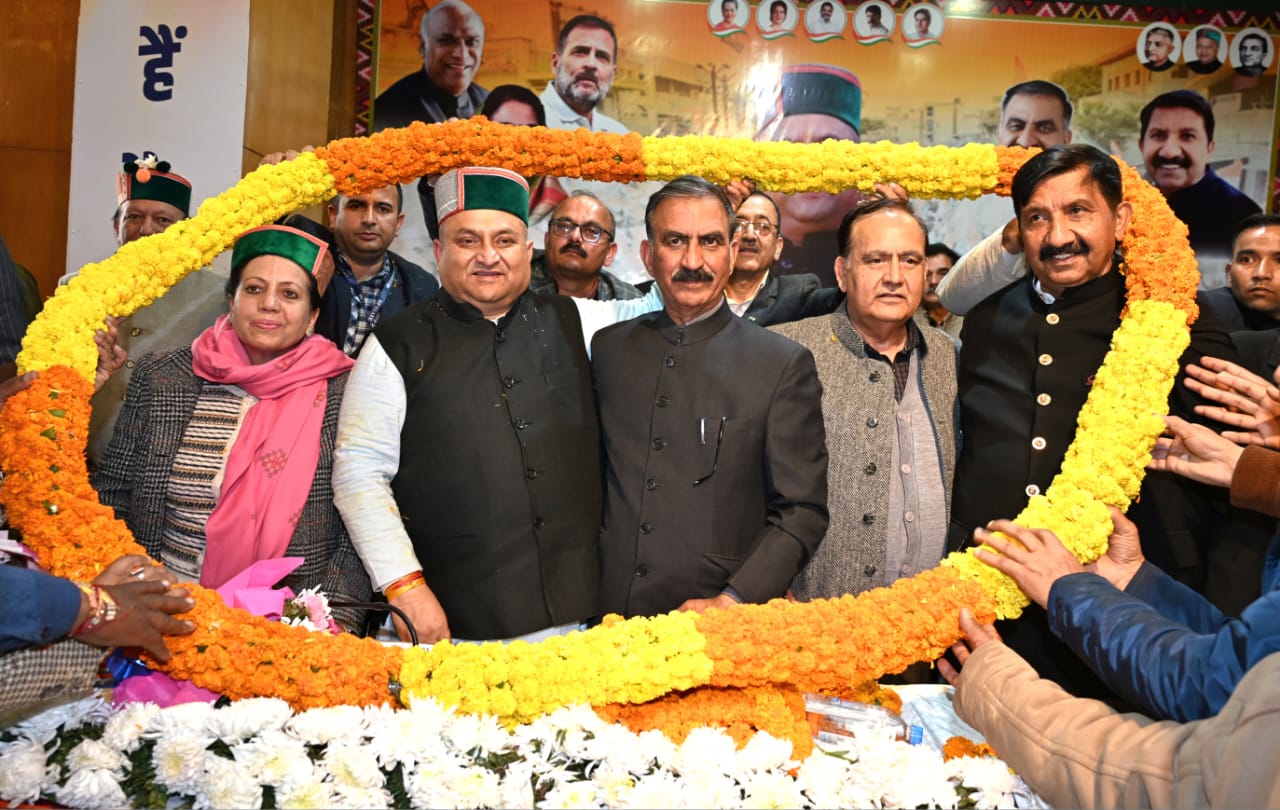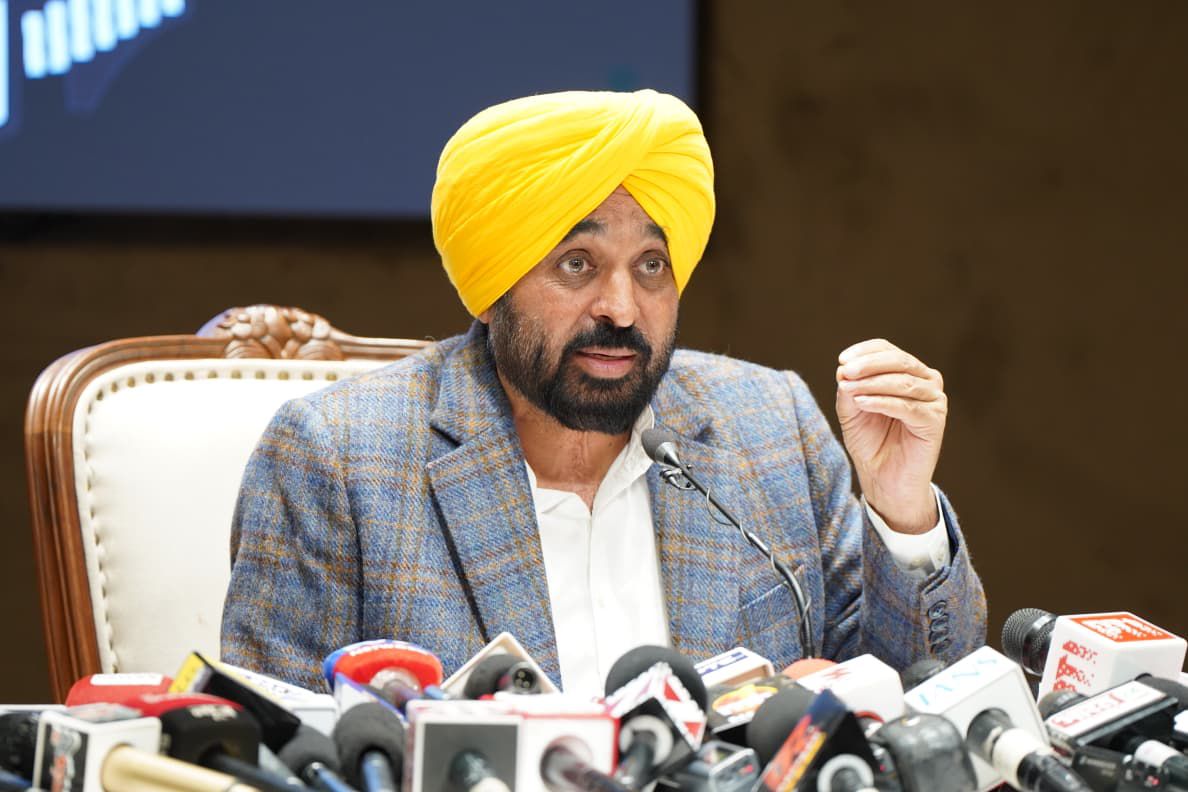
The North News
Chandigarh, May 1
The ongoing water dispute between Punjab and Haryana has escalated after the Bhakra Beas Management Board (BBMB) allowed the release of 8,500 cusecs of water to Haryana on humanitarian grounds, prompting widespread protests by Aam Aadmi Party (AAP) leaders in Punjab. Both states are facing severe water shortages due to reduced snowfall, erratic rainfall, and climate change, with dam levels dangerously low. Punjab warns of an impending power crisis during the paddy season as hydroelectric output falls. While Haryana claims it needs water for drinking, Punjab accuses it of overdrawing its quota. The issue has become a political flashpoint, with both state governments trading barbs. Experts warn that the crisis is not just inter-state but national, affecting agriculture, electricity, and strategic interests, as unused water flows into Pakistan.
It’s a national crisis in disguise—and it demands immediate intervention from the Centre. Aam Aadmi Party (AAP) leaders in Punjab have taken to the streets in protest. Chief Minister Bhagwant Mann has called the BBMB’s decision “an act of plunder.” His Haryana counterpart Nayab Singh Saini has accused Mann of politicising the issue to distract from electoral losses. What’s lost in this war of words is the sobering reality: water levels in Punjab’s and Himachal Pradesh’s key reservoirs—Bhakra, Pong, and Ranjit Sagar—are very low.
Water levels at major reservoirs in Punjab have fallen sharply compared with the same period last year, official data shows. The Ranjit Sagar Dam is currently at 502.19 metres—down nearly 4 metres from 506.12 metres recorded a year ago. Bhakra reservoir has dropped by more than 11 feet to 1,555.10 feet, while the Pong reservoir stands at 1,293.60 feet, a dramatic 32-foot decline from 1,325.38 feet on the corresponding day last year.
According to the Central Water Commission, reservoir storage in Himachal Pradesh is 40.67% below the decadal average. In Punjab, it’s even worse at 44.85%.
Climate change is no longer an abstract threat. With less snowfall, erratic rainfall, and rising temperatures, the entire hydrological rhythm of North India is shifting. Yet, the real adversary isn’t each other—it’s the harsh future we’re stumbling into, unprepared and divided.
Punjab is staring at an estimated power demand of 17,300 megawatts during the upcoming paddy season. But hydroelectric plants like the 600 MW Ranjit Sagar Dam are underperforming due to water shortages. The Punjab State Power Corporation Limited (PSPCL) expects to generate only 6,000–6,500 MW this summer, forcing the state to draw heavily from the national grid and lean further on coal. Let us not forget: water powers more than fields—it powers homes, hospitals, and entire economies.
Haryana, meanwhile, is battling its own crisis. Districts like Sirsa, Hisar, and Fatehabad are reportedly struggling to meet even drinking water needs. The state says it is barely using its share. Punjab disagrees, claiming Haryana has already used 104% of its quota for the current cycle ending May 20.
Haryana Chief Minister has accused the Aam Aadmi Party (AAP) of political double standards, claiming the party remained silent on Haryana’s water rights while in power in Delhi but is now protesting loudly in Punjab. “The same water that unites farmers, fuels industry, and powers homes has been reduced to a pawn in a cynical political chess match,” he said, calling AAP’s current stance a calculated shift rather than a principled stand.
We need to rise above this. The water regulatory authority must begin crafting a long-term, climate-resilient water governance strategy. This means the linking reservoir management with real-time data, weather forecasting, and publicly accessible dashboards. It means ensuring that every water release is guided by science and not emotions.
Because this isn’t just about two states. It’s about India’s strategic interests. As any excess water left unused eventually flows into Pakistan through the Harike-Pattan barrage. This isn’t just poor resource management—it’s geopolitical negligence. And the people? They are caught in the crossfire.
This moment demands statesmanship, not showmanship. It demands honest dialogue. It demands unity, not blame. In the wake of the deadly terrorist attack in Pahalgam on April 22, Prime Minister Narendra Modi has delivered a stern warning to the perpetrators, pledging that those responsible—and those behind them—will face consequences “beyond their imagination.”
It’s time to stop shouting across the dam—and start building a bridge over it. This is a critical moment that calls for unity among states to address the crisis through cooperation and mutual understanding.






